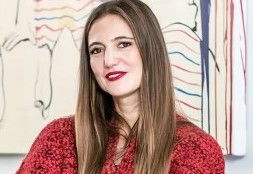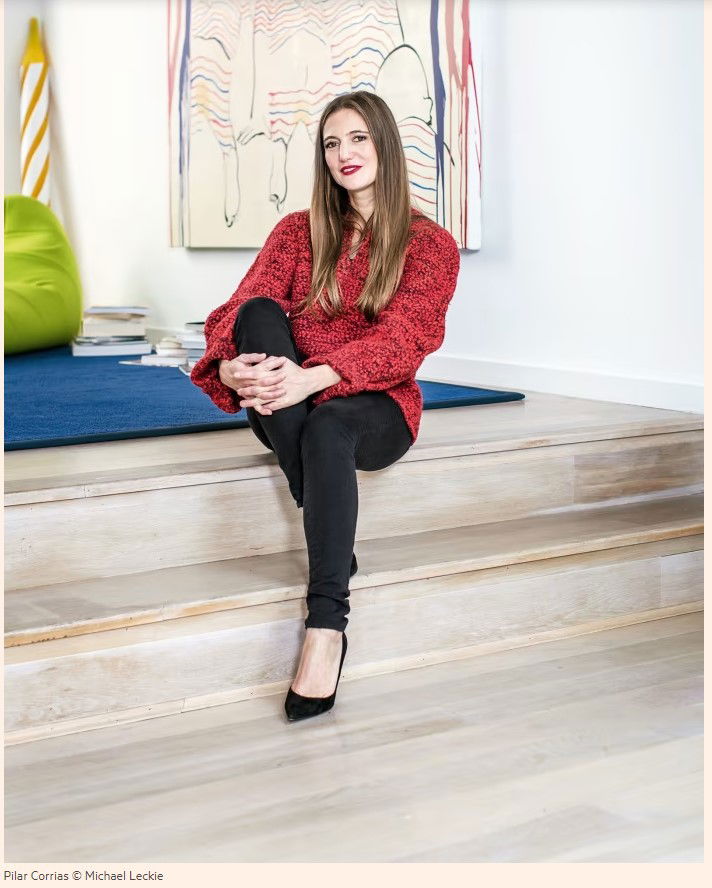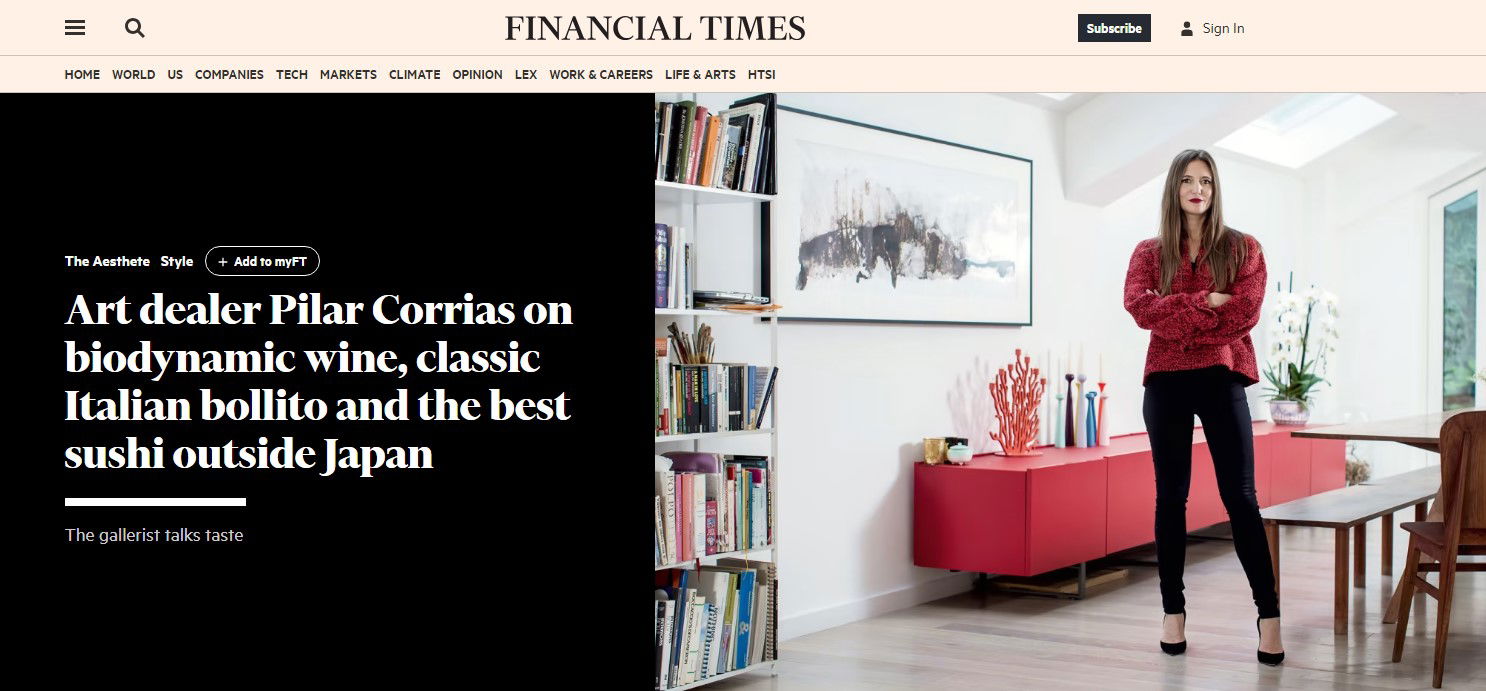A Life in Art: Pilar Corrias's Global Journey and Eclectic Collection

Pilar Corrias, the founder of the prestigious London gallery bearing her name, didn't follow a conventional path to becoming a leading figure in the contemporary art world. Her life, shaped by a peripatetic childhood as the daughter of a diplomat and a painter, has profoundly influenced her unique perspective and eclectic art collection.
By David Robinson
Born in Tokyo in 1969, Corrias spent her formative years traversing the globe, experiencing firsthand the cultural richness and political complexities of various countries. From the bustling streets of Tokyo to the political upheaval of post-Carnation Revolution Lisbon and the civil war in Angola, her early experiences fostered a deep understanding of global dynamics and a profound appreciation for art as a refuge. Frequent school changes (around 12 or 13!) led to a habit of quiet, independent creativity – "scribbling," as she calls it – a source of personal freedom and safety.
Her mother, a watercolor painter herself, imparted invaluable wisdom: "Whatever mark I made on the paper, it didn’t matter. It was OK." This liberating message freed Corrias to explore without constraint, shaping her artistic sensibilities and influencing her gallery’s diverse roster of artists, including Christina Quarles, Rachel Rose, Tala Madani, and Tschabalala Self.

Corrias's early artistic influences were as varied as her travels. Her childhood home was adorned with a captivating abstract work by Yoshishige Saito, instilling an early appreciation for non-representational art. Her great-grandfather's collection of 19th-century Italian art, including challenging depictions of Madonnas, sparked her feminist consciousness. A striking Diego Rivera portrait of her grandmother and mother, now destined for exhibition at the San Francisco Museum of Modern Art, stands out as a particularly powerful memory, showcasing contrasting portrayals of female strength and vulnerability. The stories surrounding the painting, including anecdotes of Rivera's communist affiliations and encounters with Frida Kahlo, further enriched her artistic worldview.
Her museum experiences were equally formative. The Calouste Gulbenkian Foundation in Lisbon, the Prado Museum in Madrid (particularly Velázquez's Las Meninas), the Alhambra, and the cathedral in Zaragoza all left indelible impressions, highlighting the power of art to transport and inspire. These early encounters, combined with countless hours spent poring over a book on Brueghel, instilled a lifelong passion for art as a means of escape and self-discovery. Even her struggles with art school tutors, who criticized her work for lacking "angst," led her to explore art theory at Columbia University, ultimately embracing conceptual art and finding her artistic tribe.
Corrias's personal collection reflects this diverse background. Her first purchase, Douglas Gordon's text work Chambre, embodies her appreciation for poetic and conceptually driven art. Her dream acquisition, Artemisia Gentileschi's Judith Slaying Holofernes, reveals her deep admiration for powerful female artists and their enduring relevance. Sharing her taste in art are her children, who appreciate the artists she represents.

Pilar Corrias's journey underscores the profound impact of a globally infused childhood on artistic vision and collecting. Her life, a tapestry woven from international experiences and artistic exploration, continues to inspire both her gallery's program and her deeply personal art collection.